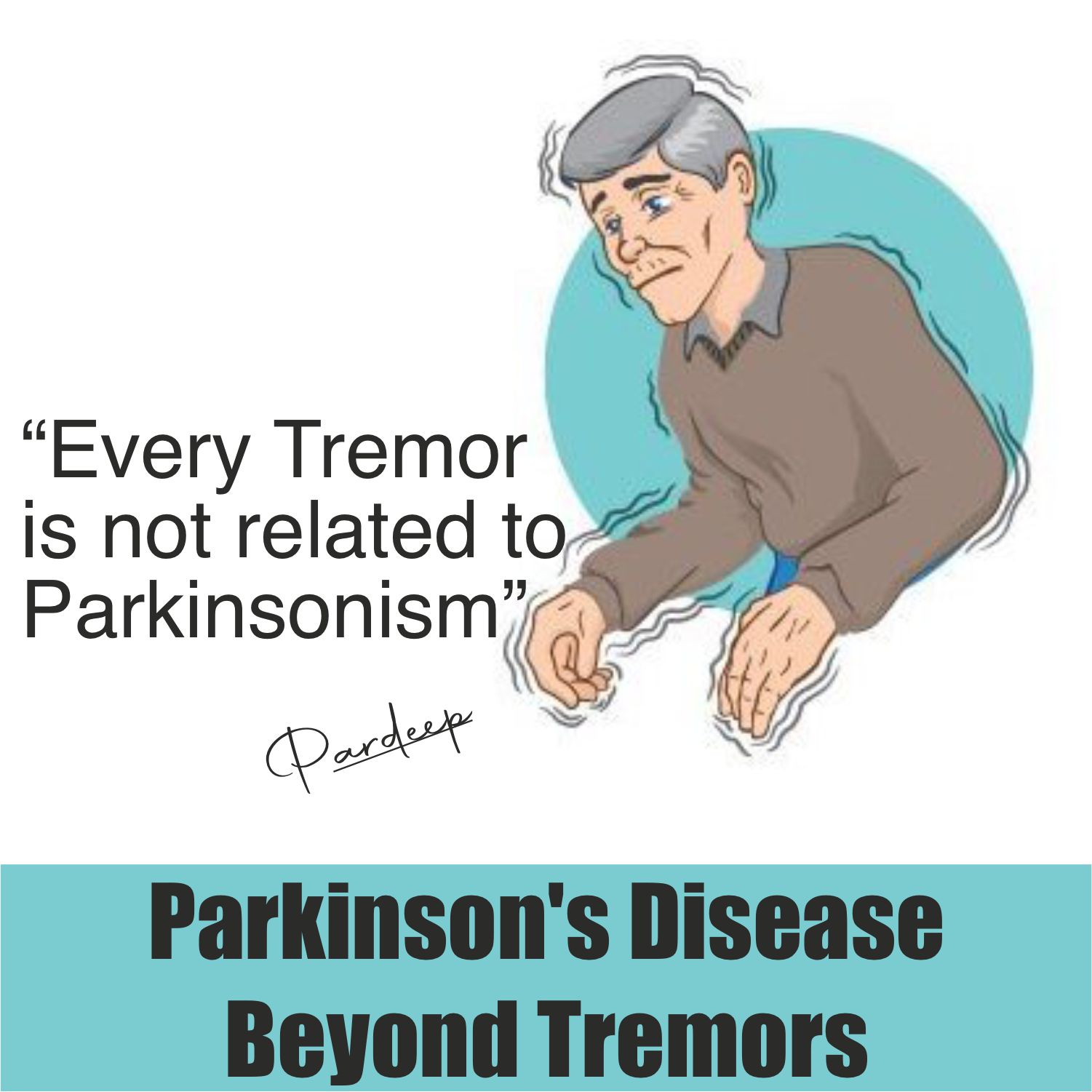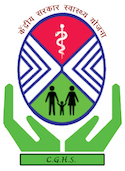Parkinson’s Disease: Beyond Tremors

Generally, when you tremor- at any age, the fear of Parkinson’s disease clutches your hand. I have met boys of 22 years old who came to me with “self-diagnosis” of Parkinson’s disease. They were sure about PD. Because it is a strong belief that PD is all about the tremors. The nouns like “shaking palsy” strengthen this misbelief. And these misbelieve complicate the process of the treatment of any disease.
But not true.
Every tremor is not about Parkinson’s disease!!!
Parkinson’s disease is a chronic and progressive neurological disorder. Symptoms of Parkinson’s disease include tremors, muscle rigidity, slowness of movement (bradykinesia), and impaired balance.
I am treating patients for 15 years with PD. The best learning I learned – “Tremors are nothing to do with tremors alone.” Parkinson’s disease is beyond tremors.
Is there more to Parkinson’s than tremors?
For effective diagnosis of Parkinson’s disease amongst doctors. First, it is necessary to differentiate Parkinson’s disease from many other diseases like essential tremor or multiple sclerosis. At the onset of this illness, most parents often ask themselves, “What can make me worry?” However, in essence, the same symptoms experienced for essential tremor closely relate to Parkinson’s disease. Therefore, before you make any assumptions, get yourself checked by your physician.
Parents should identify initial manifestations/indications of parkinson’s disease at an early stage. These include
- Changes in sleep patterns
- Change in appetite,
- Slow movement,
- Rigidity or stiffness of the limbs,
- Tremor during rest,
- Slurred speech,
- Fatigue,
- Depression and
- Constipation.
What are some early warning signs?
People living with Parkinson’s disease may exhibit a number of these symptoms long before any tremors or slowing down of movement occurs. Early on there can be subtle differences that separate this condition from other disorders. Upon first glance, your child may seem to have just gotten out of bed, but upon closer inspection, you may notice that their eyes do not track together when he/she turns their head.
After age fifty years old the risk of being diagnosed with Parkinson’s disease increases. In fact, nearly 1 percent of those over age sixty years old currently have this disease.
What are the warning signs in teens and young adults?
Young people living with Parkinson’s face a unique set of challenges as they try to adjust to life with this chronic condition. The quirks that come from immobility can be a source of laughter for you and your child. But there is also a very real possibility that he/she will be judged by others simply because his/her physical movements may appear awkward or strange at times
It is important to remember, however, that it isn’t always easy for people suffering from Parkinson’s disease to put into words exactly what they’re experiencing. At times they may come off as being disagreeable or difficult to understand
What are the challenges of living with Parkinson’s?
There are many physical challenges associated with Parkinson’s disease, but emotional and social ones can be just as challenging for adolescents and young adults. There will be days when your child is unable to complete everyday tasks that he/she has done without assistance before
Parkinson’s disease patients also experience problems in balancing, walking, controlling their facial expressions, speaking clearly, sleeping soundly at night, filling out paperwork quickly, or writing legibly. For some sufferers, it becomes impossible for them to drive a car again
The way people live life after diagnosis may differ greatly from one person to another. Some may have a “slow and steady” approach, while others want to go full steam ahead. As the disease progresses over time, however, more people tend to adjust their lifestyles to accommodate for their changes in physical abilities.
Early on some individuals notice that they are biting their lip or clenching their jaw as a result of stress from schoolwork, athletics, relationships with friends and family or simply trying to fit in
We know that Parkinson’s is a complex disorder that does not present itself as a single condition with one treatment. Therefore it is important to stay open-minded about new treatments for this disease. However, before you make any lifestyle change it is important to first consult your doctor.
Parkinson’s disease treatment in Ayurveda addresses all these points in a very much structured way and properly.
Right and Early diagnosis is the key to better results
Balance is a very individualized medication regime and should only be handled and supervised by a qualified medical professional. Our doctors here at Balance work one on one with each patient to understand their needs and create a highly personalized treatment plan that will be the most effective for you, as an individual.
For correct diagnosis, you can consult me online for Ayurvedic treatment of Parkinson’s disease. Even if you have confused about the diagnosis of the condition, you can contact me for online Ayurvedic consultation.















8 comments